Tag: climate
-
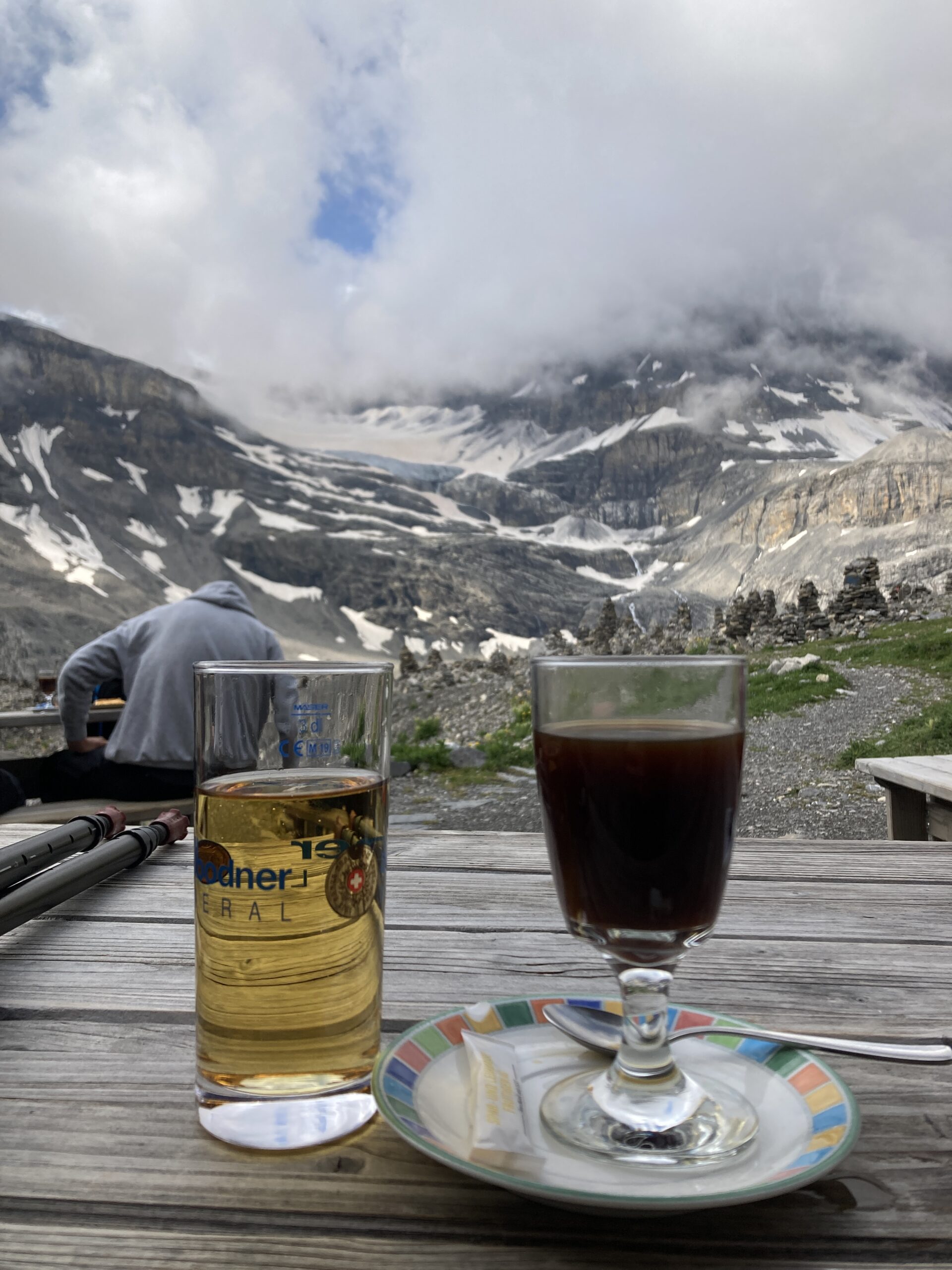
The Water Bottle Paradox
Reading Time: 3 minutesThis weekend when I hiked to Valangin I thought that I would found a water fountain along the way, so I took just 600ml of water. A few weeks ago when I went to Charmey I took the same amount of water because I didn’t want too much weight for the Via…
-
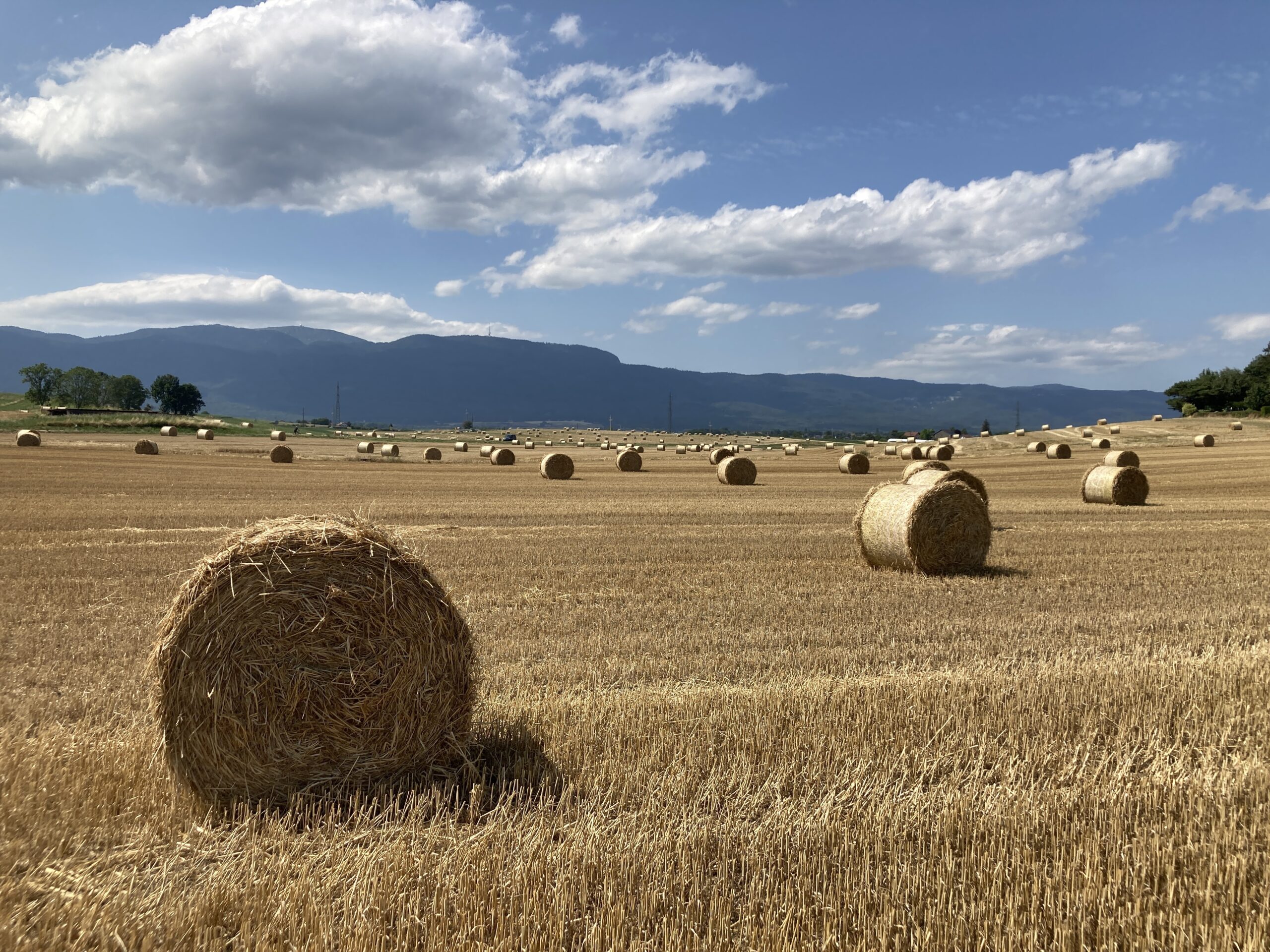
iOS and Environmentalism
Reading Time: 2 minutesIf you use the weather app on iOS 17 the weather app provides you with information about average temperature and average precipitation. It tells you how different the temperature and rainfall are, compared to average. Today, for example, I see that the temperature is 4°c warmer than the average. It tells me…
-
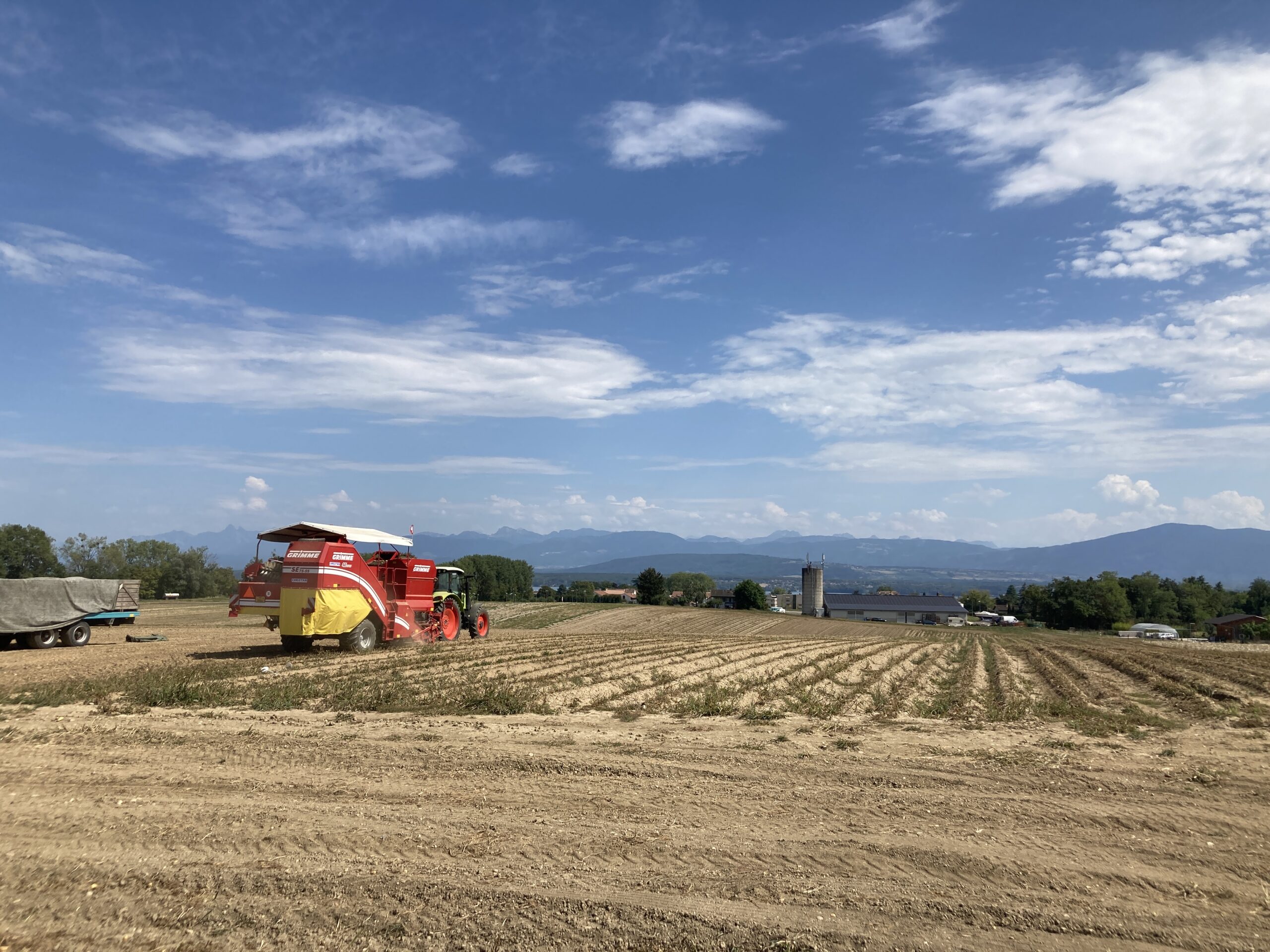
An Afternoon Walk in the Heat
Reading Time: 3 minutesYesterday I went for a walk with a Garmin Etrex 32 that was sometimes in my hands and at other times in my pocket. I could have been hands three with a GPS watch but it’s good to play with a variety of devices. I chose the Etrex because it was paired…
-
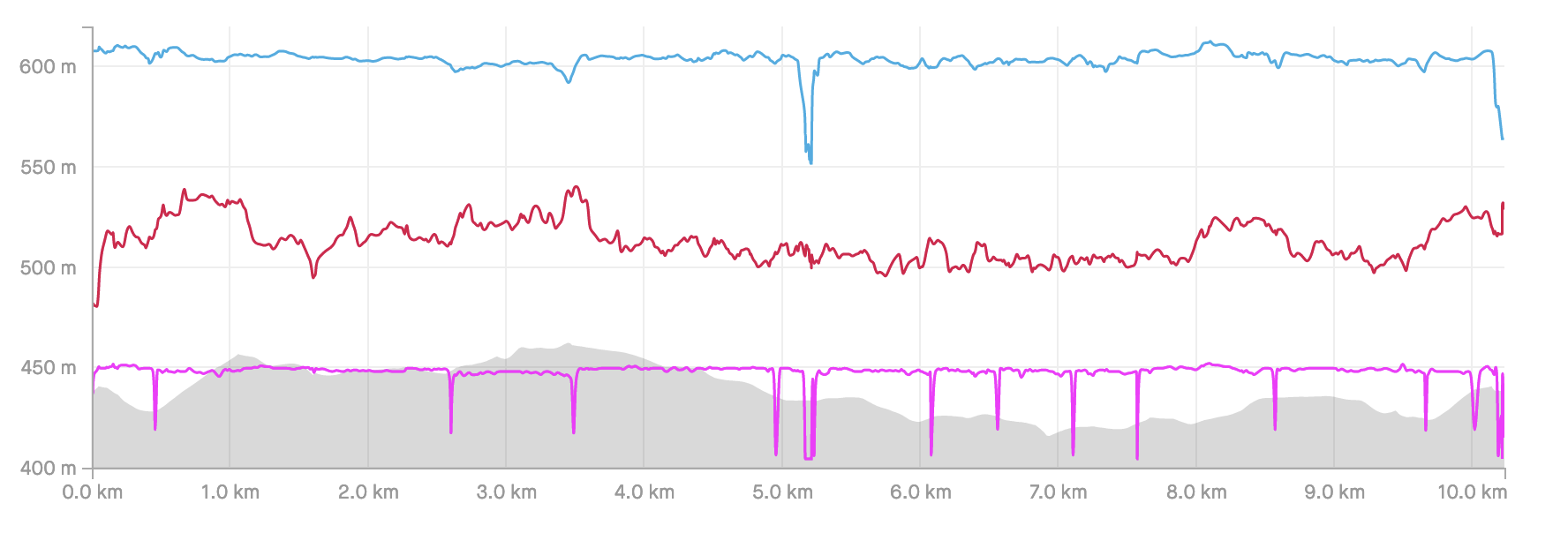
Slowed by the Wind
Reading Time: 2 minutesYesterday I walked into the wind for two to three kilometres. The wind was so strong that the Apple watch gave me "high noise level" warnings more than once. The wind was around 30-40km/h. It was so strong that I stopped listening to an Audiobook because I couldn’t hear it. I then…
-
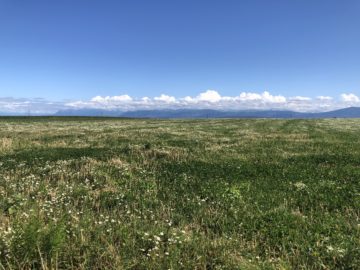
Signs of Drought
Reading Time: 2 minutesToday as I walked I could see clear evidence that Switzerland is now dry. As you walk by the side of the road you see that it is yellow, and that there is no growth. Crops are withering away and water gauges are now filling with dust, rather than rain. We now…